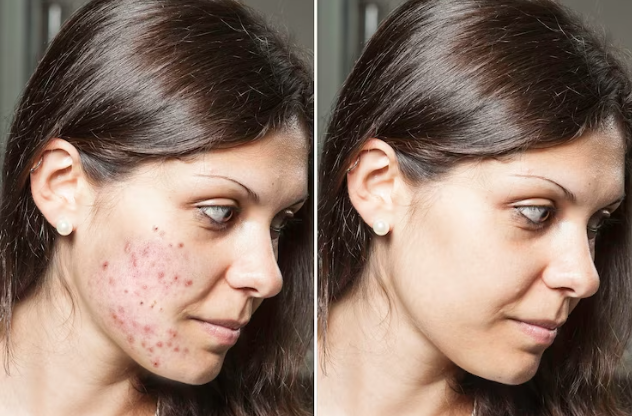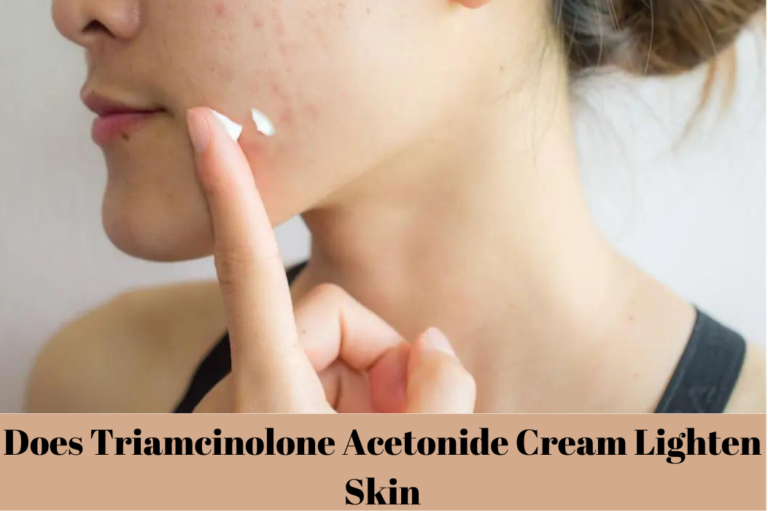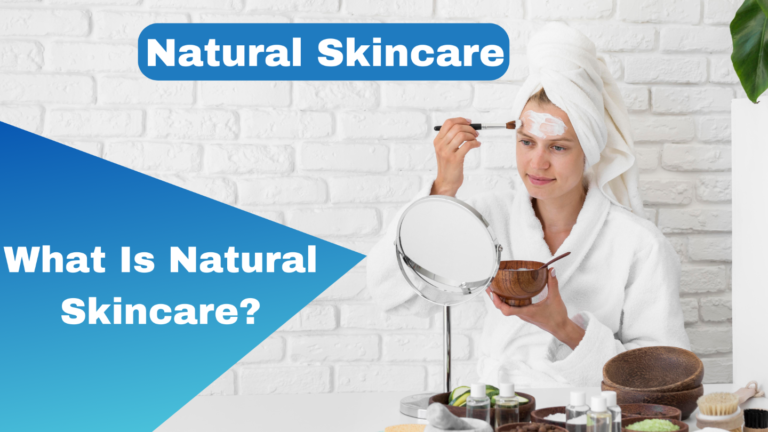Hyperpigmentation Tretinoin Before And After

Hyperpigmentation Tretinoin Before And After, or the darkening of certain areas due to excess melanin production, is a widespread dermatological concern. The symptoms may arise from sun exposure, hormonal shifts, inflammation, or aging. Tretinoin (a vitamin A derivative) has gained much recognition for its remarkable effects in treating hyperpigmentation. We explore its use with individuals dealing with this issue before and after treatment.
What is Tretinoin?
Tretinoin is a derivative of Vitamin A. It is known for its anti-aging properties and ability to fight acne. It is also an essential player in the fight against hyperpigmentation. Tretinoin can be used in several ways to eliminate hyperpigmentation. It accelerates the cell turnover of the skin, which exfoliates the skin. The accelerated renewal process sheds the skin’s upper layer containing excess pigment. This leads to a gradual reduction of dark spots. Tretinoin, like Hydroquinone, can inhibit tyrosinase. This helps slow down melanin production and treat hyperpigmentation. Tretinoin has been shown to increase the effectiveness of other skincare products, including Hydroquinone.
Understanding Hyperpigmentation: An Overview:
Before diving deeper into the impact of Tretinoin, its essential to gain an understanding of hyperpigmentation. Melanin, which forms skin color pigment, is produced by melanocytes; when these cells overproduce, excess melanin production can result in dark spots, patches, or uneven tone across skin surfaces. Standard types of hyperpigmentation retain sunspots, melasma, and post-inflammatory hyperpigmentation.
Tretinoin: An Overview:
Tretinoin (retinoic acid) belongs to the class of retinoids. While initially developed to treat acne, its effectiveness has since expanded beyond treating this skin condition into hyperpigmentation. Tretinoin works by stimulating cell turnover, increasing collagen production, and blocking melanin synthesis – ultimately improving the texture and tone of the skin overall.

Before Tretinoin: Struggles With Hyperpigmentation:
People dealing with hyperpigmentation often feel ashamed or angry. Before discovering Tretinoin, many tried different skincare products, home remedies, or even more aggressive approaches only to find temporary relief or no substantial progress was made.
Sun damage, one of the primary causes of hyperpigmentation, typically leaves people with visible sunspots and uneven skin tone. Melasma, caused by hormonal fluctuations during pregnancy or birth control methods, can be particularly difficult for women. Post-inflammatory hyperpigmentation from trauma or inflammation often lasts months after initial presentation, causing distress to those afflicted.
Before and After: Journey of Tretinoin Use
Before Tretinoin:
- Uneven Skin Tone: Hyperpigmentation usually manifests itself in dark patches on the skin that create a rough and mottled effect. Sunspots: Freckles and sunspots often indicate damage from prolonged sun exposure.
- Visible Fine Lines: An uneven skin tone can make premature aging signs such as fine lines more noticeable.
- Skin Texture Issues: Hyperpigmentation may alter skin texture by leaving spots of hyperpigmentation that make the surface rough or uneven to touch.
After Tretinoin Treatment:
- Improved Tone and Clarity: Tretinoin facilitates cell turnover, helping fade dark spots and promote an even skin tone.
- Additionally, its inhibitory effects on melanin synthesis lead to a noticeable reduction of sunspots and freckles.
- Increased Collagen Production: Tretinoin stimulates collagen, improving skin elasticity, decreasing delicate line appearance, and refining texture by exfoliation properties that make your complexion smoother than before.
- Real-Life Transformations: Tretinoin has proven its worth with real-world transformations!
Many individuals have shared their before and after experiences with Tretinoin, documenting its remarkable transformation of their skin. Such stories demonstrate the commitment required for long-term use. Individuals may initially experience redness, dryness, or peeling during treatment; however, as their skin adapts, these side effects decrease over time, and positive changes become increasingly visible.
Conclusion:
Tretinoin’s transformative power against hyperpigmentation stands as testimony to dermatological advances. When individuals suffering from uneven skin tone, sunspots, or other forms of hyperpigmentation accept tretinoin, they embark on a journey that often leads to improved confidence and revitalized complexions. When beginning tretinoin, it is crucial to approach it patiently, understanding that results can take some time. Before and after stories motivate others to look for radiant, even-toned skin.
Benefits of Tretinoin before and after use
- Wrinkle Reduction: Tretinoin stimulates collagen production, leading to a visible decrease in wrinkles and fine lines. The skin appears smoother and younger.
- Acne Control Tretinoin unclogs pores, reduces inflammation, and regulates oil production. It effectively treats acne, prevents breakouts, and effectively treats existing acne.
- Hyperpigmentation Improve: Tretinoin will help fade hyperpigmentation and dark spots caused by acne or sun damage.
- Refined Skin Texture: Regular use of Tretinoin improves skin texture by promoting cellular turnover. The skin is left soft, supple, and revitalized.
- Minimizing Large Pores: Tretinoin has exfoliating properties that can help reduce the appearance of large pores and give you a more even complexion.
Are all skin types suitable for using Tretinoin?
Tretinoin can generally benefit a range of skin types. It is wise to consult a dermatologist for tailored advice.
How long will it take before I see results with Tretinoin?
Results may vary, but most users see noticeable improvements after weeks to months of consistent use.
Can Tretinoin cause skin irritation?
Temporary irritation may arise. This can be minimized by starting slowly with lower-strength products and gradually ramping them up over time.
Should I use sunscreen while taking Tretinoin?
Yes, sunscreen is essential when using Tretinoin as it may increase sensitivity to sunlight.
Can I combine other skincare products with my Tretinoin?
Certain products may complement tretinoin treatment, but consult a dermatologist first to prevent potential interactions.

